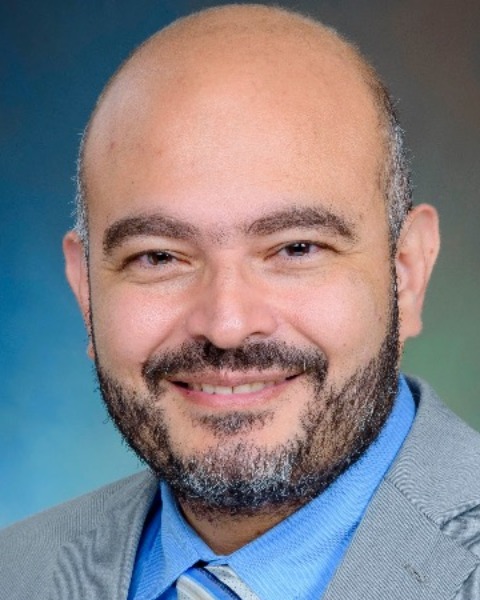Poster Session 3
(747) Impact of Early Zygosity Determination via NIPT on Maternal and Neonatal Outcomes in Twin Pregnancies

Ellen M. Murrin, DO (she/her/hers)
Maternal Fetal Medicine Fellow
Inova Fairfax Medical Campus
Falls Church, VA, United States- EL
Elizabeth Levit-Smith, MD
Resident
Inova Fairfax Medical Campus
Fairfax, Virginia, United States - HH
Helen Havens Howell, BS
University of Virginia College of Medicine
Charlottesville, Virginia, United States 
Alyssa Savelli Binsted, MD, MS (she/her/hers)
MFM Fellow
Macon & Joan Brock Virginia Health Sciences Eastern Virginia Medical School at Old Dominion University
Norfolk, Virginia, United States- PK
Peyton Kalan
Inova Fairfax Medical Campus
Fairfax, Virginia, United States - EC
Emma Cherayil
Inova Fairfax Medical Campus
Fairfax, Virginia, United States 
Tetsuya Kawakita, MD, MS
Associate Professor
Macon & Joan Brock Virginia Health Sciences Eastern Virginia Medical School at Old Dominion University
Norfolk, VA, United States
George R. Saade, MD (he/him/his)
Professor and Chair, Associate Dean for Women's Health Obstetrics and Gynecology
Macon & Joan Brock Virginia Health Sciences Eastern Virginia Medical School at Old Dominion University
Norfolk, Virginia, United States
Antonio F. Saad, MBA, MD (he/him/his)
Director of Perinatal Research Unit, MFM Fellowship Program Director
Inova Health
Falls Church, Virginia, United States
Submitting Author and Presenting Author(s)
Coauthor(s)
Monochorionic (MC) twins have significant morbidity compared with dichorionic twins (DC) due to their risk for unequal placental sharing. Non-invasive prenatal testing (NIPT) can now determine zygosity, which often informs chorionicity. This study examines pregnancy outcomes in monozygous (MZ) and dizygous (DZ) pregnancies and the correlation between zygosity and chorionicity.
Study Design:
A retrospective cohort study of twin pregnancies with NIPT zygosity results at two tertiary care centers from January 2020 to 2024 was conducted. Demographics, pregnancy complications, NIPT results, fetal fractions, placental pathology, and delivery outcomes were collected. DZ twins were classified as DC while chorionicity within the MZ group was determined by placental pathology. Statistical tests such as Chi-square, Fisher exact, Wilcoxon rank sum test, or logistical regression were used as appropriate.
Results: In 177 twin pregnancies with NIPT zygosity testing, 66.3% were DZ and 33.7% MZ. Baseline characteristics did not differ among groups except for race and gestational age. After adjusting for these variables, a subgroup analysis was performed to compare MZ DC and MZ MC to DC subtypes. Within the MZ group, 8 (17%) were DC and 38 (82.6%) were MC. MZ MC twins were significantly more likely to experience neonatal morbidities such as hypoglycemia and hyperbilirubinemia requiring phototherapy, NICU admission, and additional respiratory support (Figure & Table). The MZ DC group was not more likely to experience these outcomes. Composite neonatal morbidity was also more common in the MZ MC group (aOR 6.01 [1.89-10.12], p=0.002). Maternal outcomes did not differ between groups.
Conclusion:
The early differentiation of chorionicity and zygosity allows for the implementation of tailored care strategies to enhance outcomes. Our study shows that MZ MC twins have significantly higher neonatal morbidity, thus underscoring the necessity for vigilant monitoring and intervention.

